Mahmood Farooqui v. State (2017)
243 (2017) DLT 310 • High Court of Delhi • India

Quick Summary
Case Title: Mahmood Farooqui v. State (Govt of NCT of Delhi), 243 (2017) DLT 310.
The Delhi High Court examined whether the accused was guilty of rape under Section 375 IPC. The Court discussed what counts as affirmative consent and how prior intimacy, signals during the act, and the accused’s reasonable understanding matter. The trial conviction was set aside and the appellant was acquitted.
Issues
- Can the appellant be held guilty of rape under Section 375 IPC on the facts of this case?
- What is the threshold for affirmative consent and how should courts judge communication and understanding?
Rules
- Consent Standard: Consent is more than hesitation, reluctance, or a weak “no.” It should be clear, voluntary, and affirmative.
- Communication & Perception: Courts consider what was communicated and what a person in the accused’s position could reasonably understand from words and conduct.
Facts (Timeline)
2015–2017 (proceedings)
- The prosecutrix, a Columbia University PhD scholar, met the appellant in Delhi through a common friend; they interacted multiple times.
- On two earlier meetings (with alcohol involved), they exchanged kisses—including at a dinner where the appellant’s wife was present in the home.
- On the incident day, the prosecutrix went to the appellant’s house to go to a wedding. He was upset and intoxicated; she stayed after being advised by his brother.
- There were kisses; she stated she felt “maternal.” He asked to give her pleasure; she says she said “no.” He allegedly persisted; she did not physically resist and later feigned orgasm to end the situation.
- She left after about 45 minutes; initial email to him was polite but called his conduct unacceptable; later emails were stronger after advice and counseling.
- Trial court convicted under Section 376 IPC (7 years RI and fine). The appellant appealed to the Delhi High Court.
Arguments
Appellant
- Past intimacy and the events that night signaled willingness.
- No clear communication of a firm “no.”
- Conduct (including the feigned orgasm) reasonably indicated consent.
Respondent (State)
- Hesitation and refusal were communicated; persistence negated consent.
- Affirmative consent was absent; prior intimacy is not a blanket permission.
- Acquittal would dilute the standard set by Section 375 IPC.
Judgment

The High Court set aside the conviction and acquitted the appellant. It reasoned that, given the history of intimacy and the signals during the act (including the feigned orgasm), the appellant could have reasonably understood there was consent. The Court emphasized that the case turned on what was communicated and perceived, not merely on unexpressed reluctance.
Ratio Decidendi
- Affirmative consent is needed; feeble hesitation alone may not equal a clear refusal.
- Courts assess what was conveyed through words and conduct and what the accused reasonably understood.
- Past intimacy can inform perception but does not itself grant blanket consent.
Why It Matters
The case is widely discussed for its approach to consent and communication in sexual offence trials. It shows how courts weigh prior intimacy, in-the-moment signals, and the accused’s reasonable understanding, while still stressing that consent should be clear and affirmative.
Key Takeaways
- Consent should be clear and affirmative; ambiguity creates hard cases.
- Courts consider both communication and reasonable perception.
- Prior intimacy is relevant but not a standing consent.
Mnemonic + 3-Step Hook
Mnemonic: “SAY—SHOW—SEE”
- SAY: Words should make consent clear.
- SHOW: Conduct can confirm or contradict words.
- SEE: Ask what a reasonable person would understand from both.
IRAC Outline
Issue: Was there rape under Section 375 IPC on these facts?
Rule: Consent must be clear, voluntary, and affirmative; courts assess expressed signals and reasonable understanding.
Application: Prior intimacy, non-resistance, and a feigned orgasm could have conveyed willingness to the appellant; communication of refusal was not clearly established.
Conclusion: Conviction unsustainable; appeal allowed and appellant acquitted.
Glossary
- Affirmative Consent
- Active, clear agreement through words or conduct.
- Reasonable Perception
- What a sensible person would understand from the situation.
- Non-Resistance
- Lack of physical resistance; not the same as consent, but may affect perception in law’s analysis.
FAQs
Related Cases
Share
Related Post
Tags
Archive
Popular & Recent Post






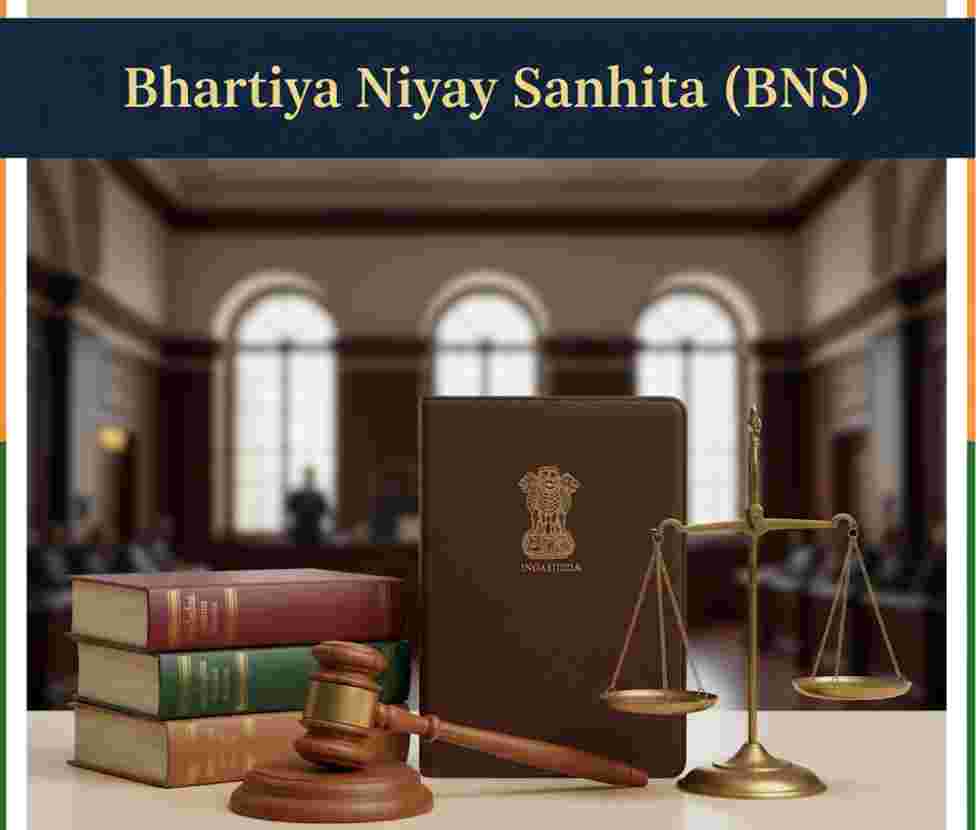

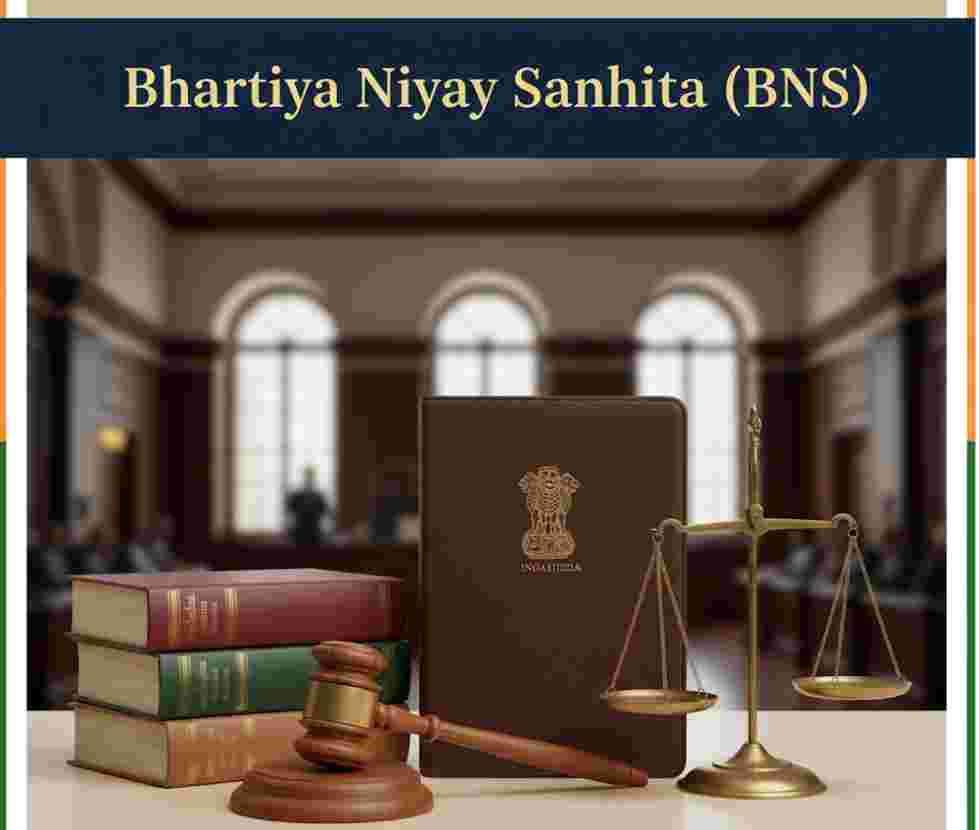
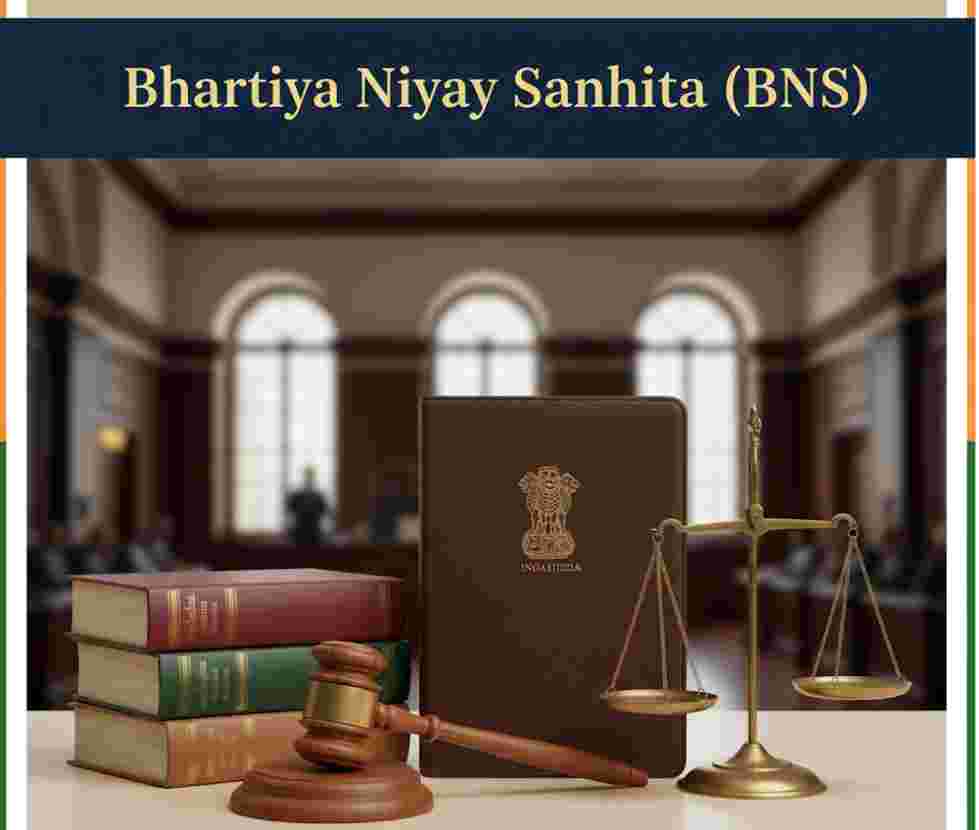
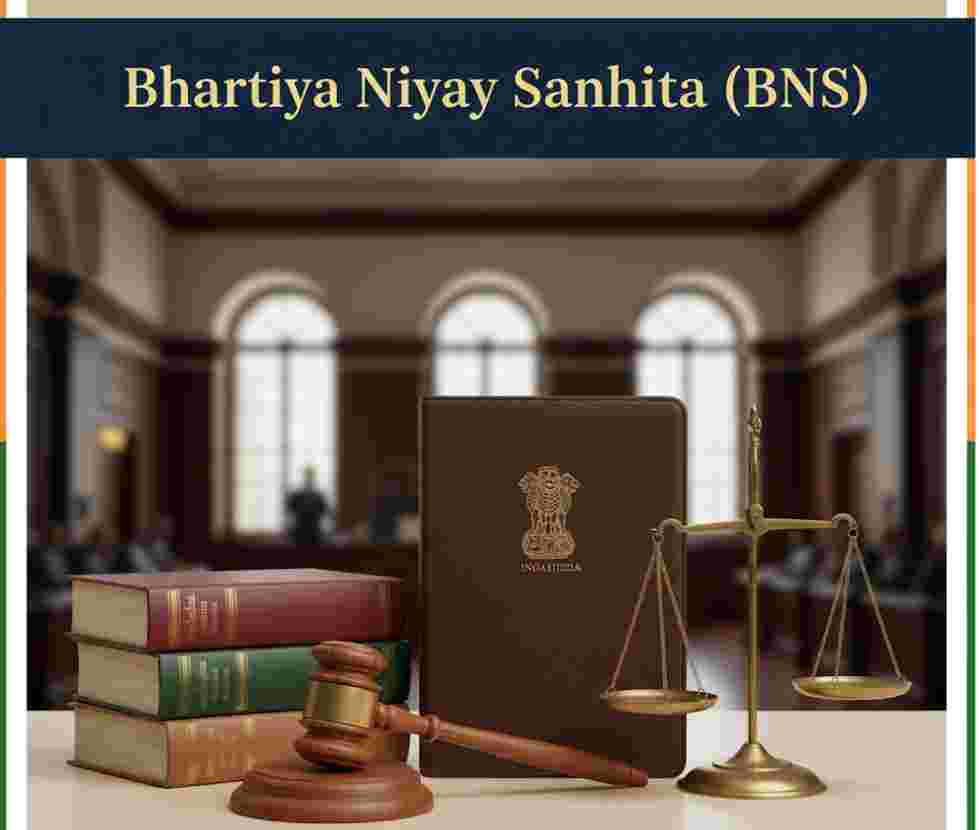
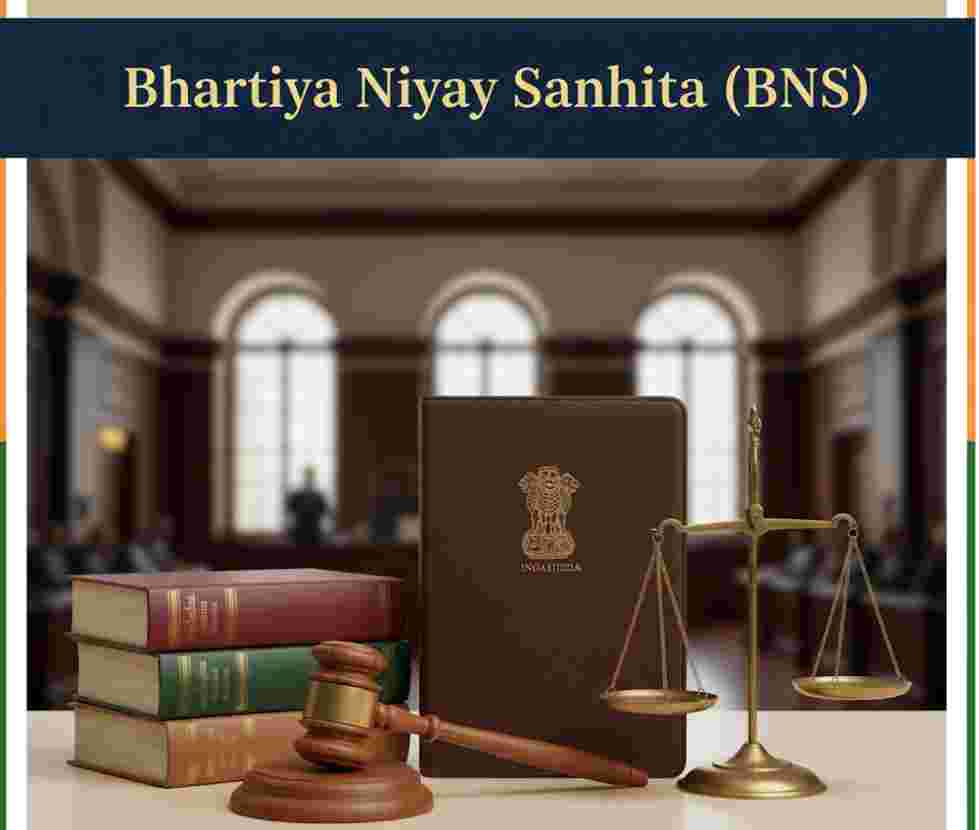
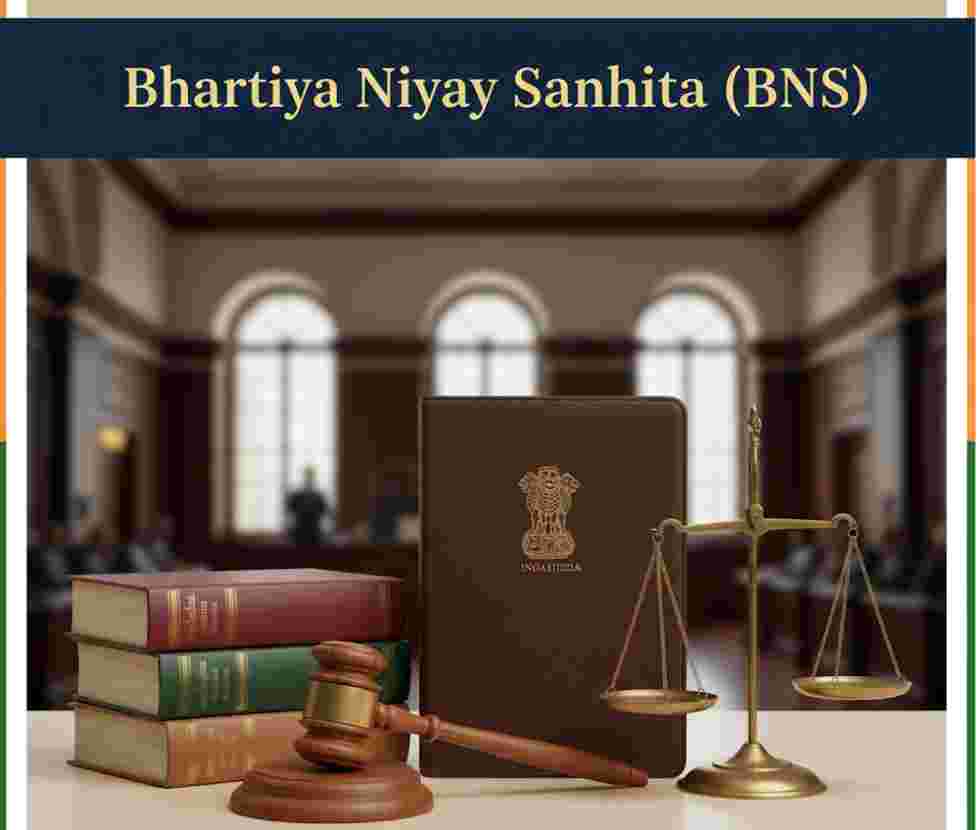


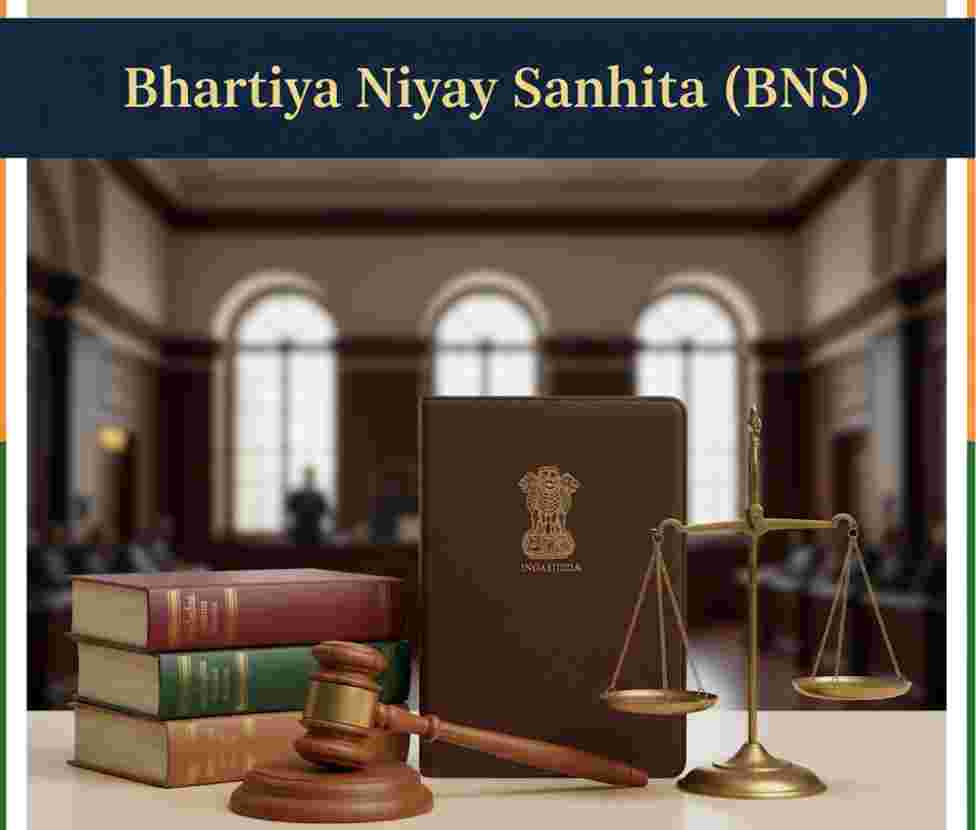
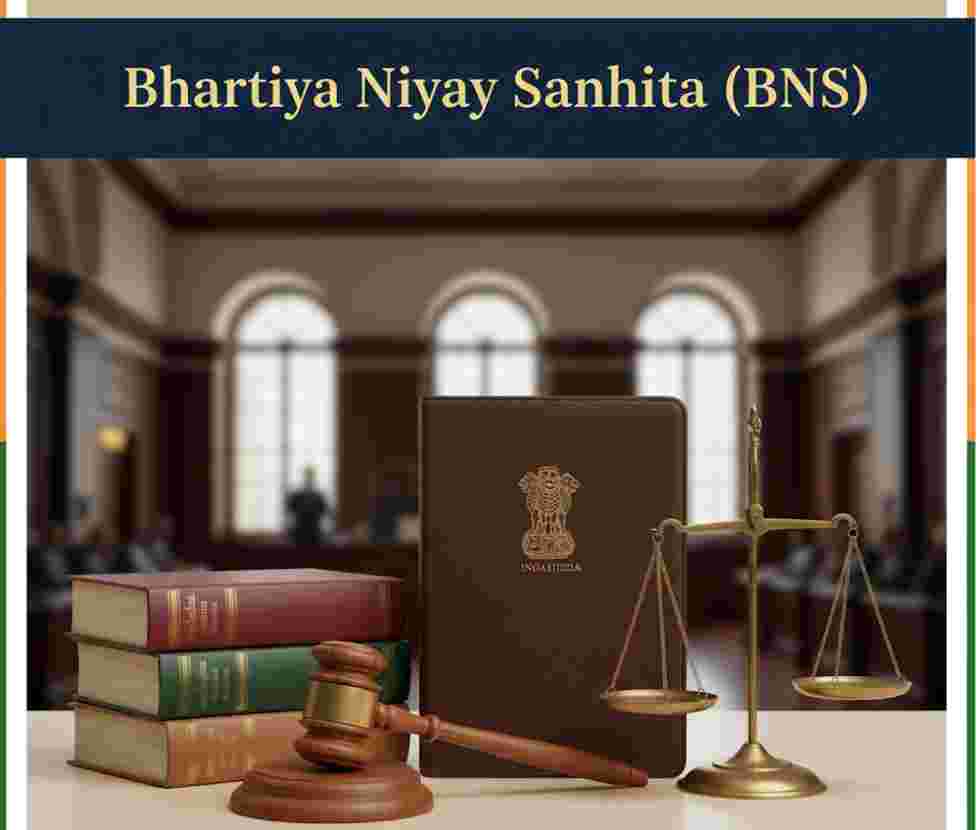
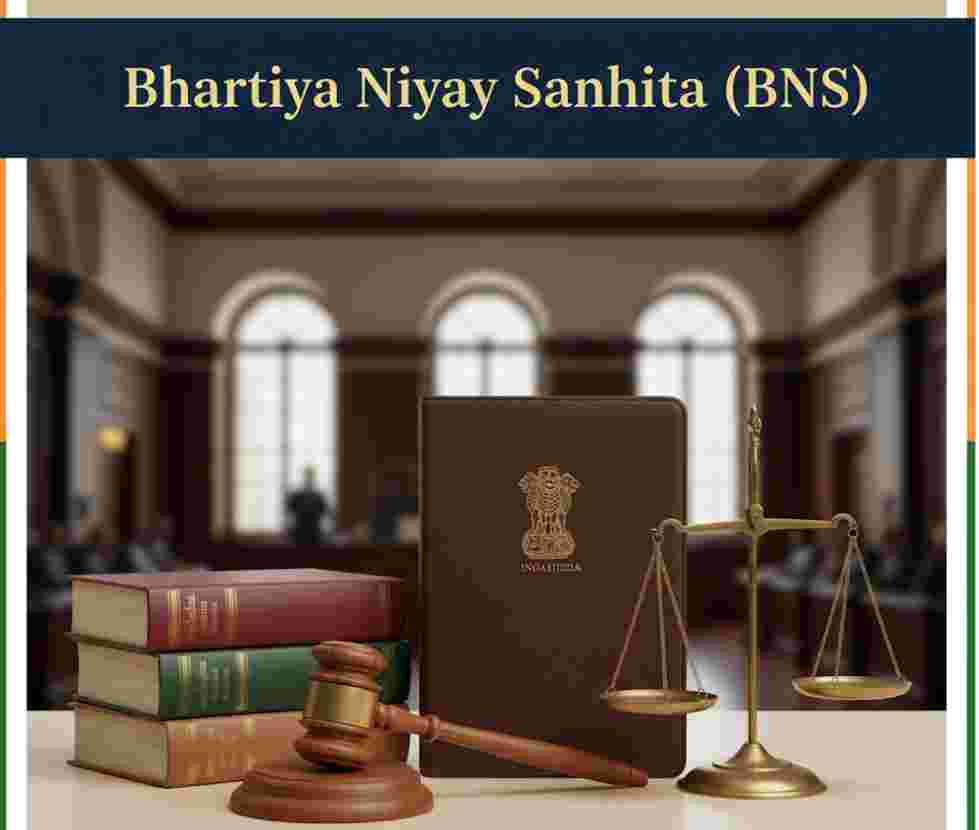
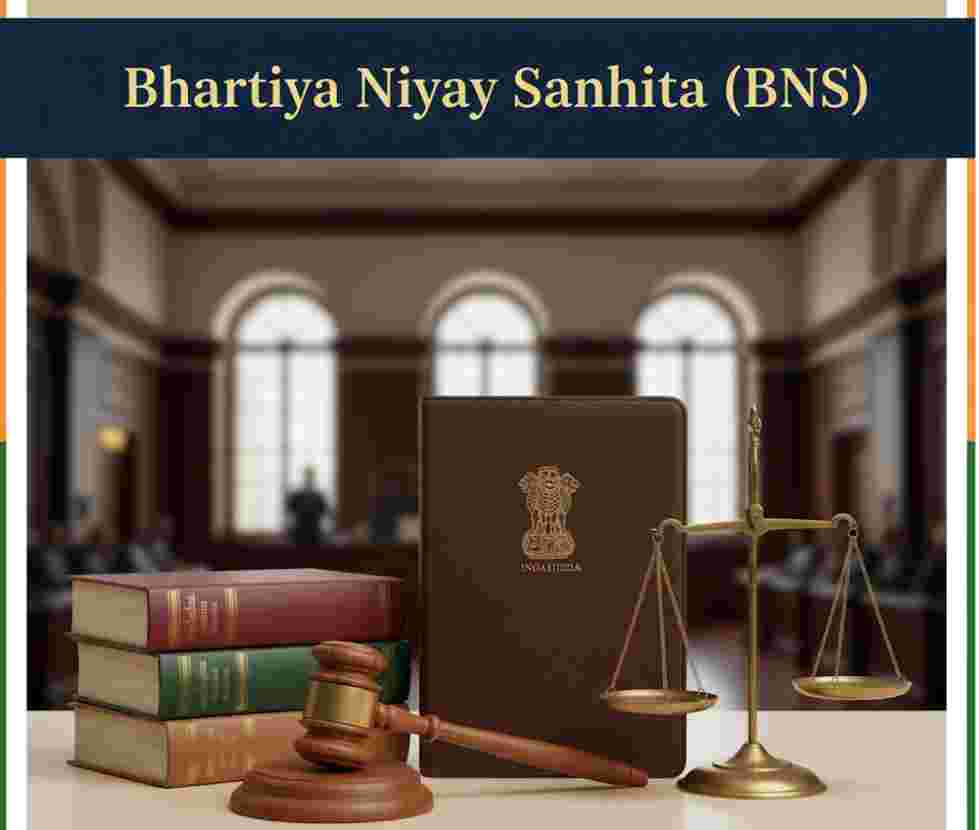
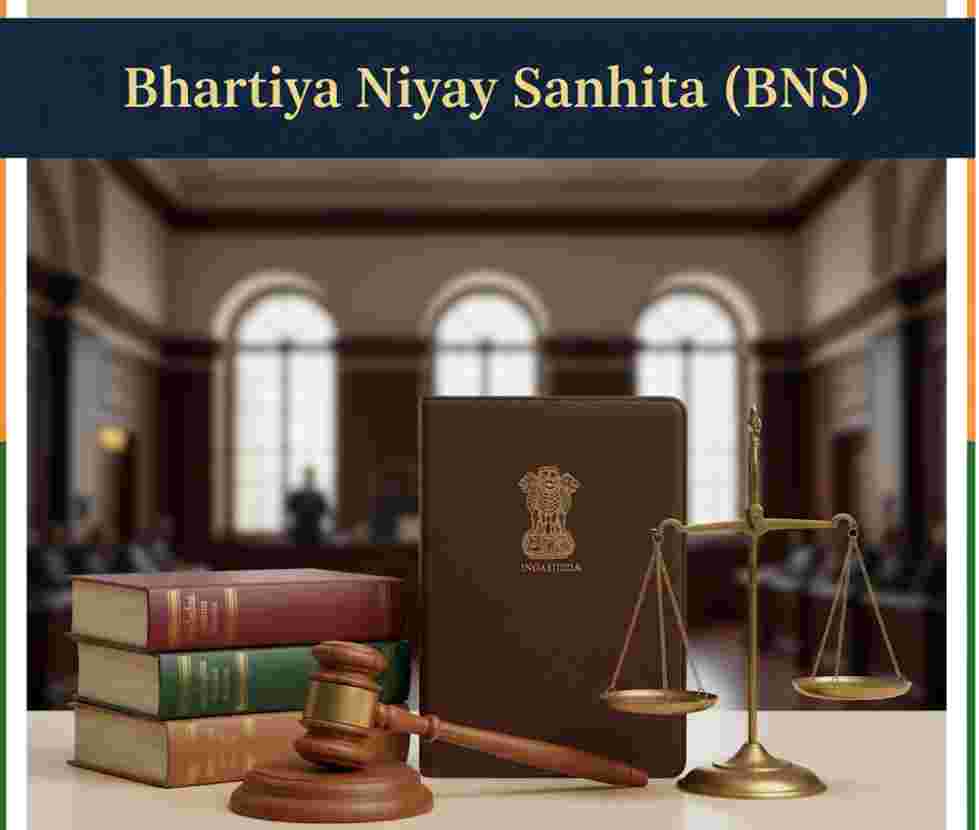
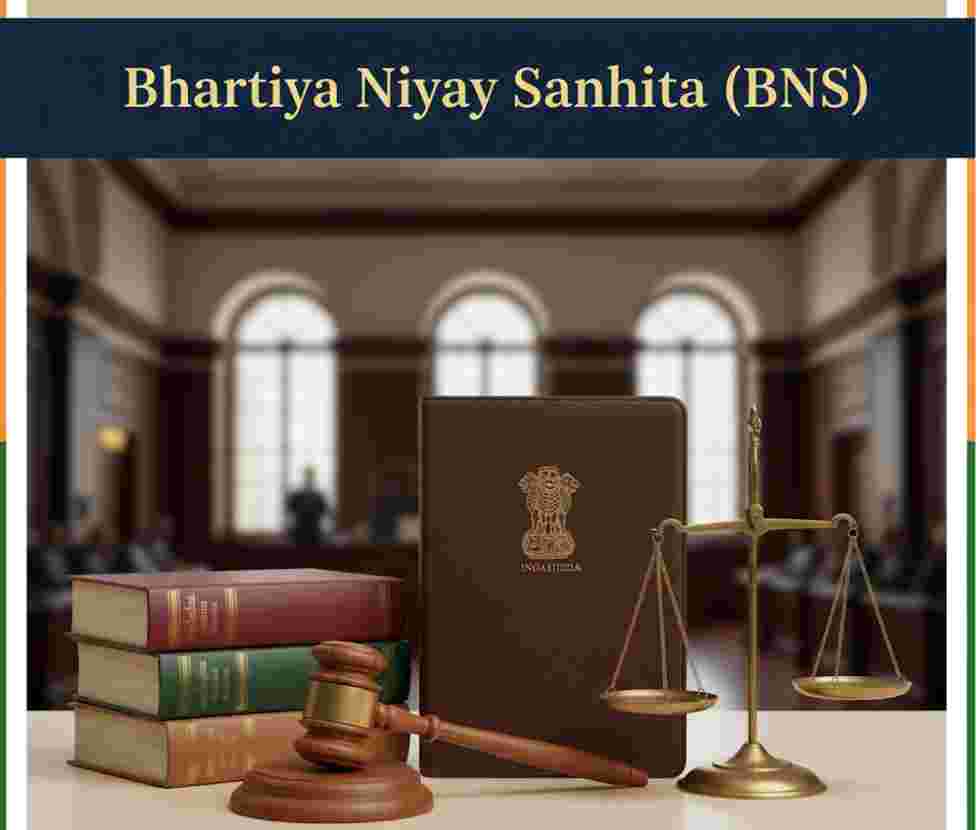
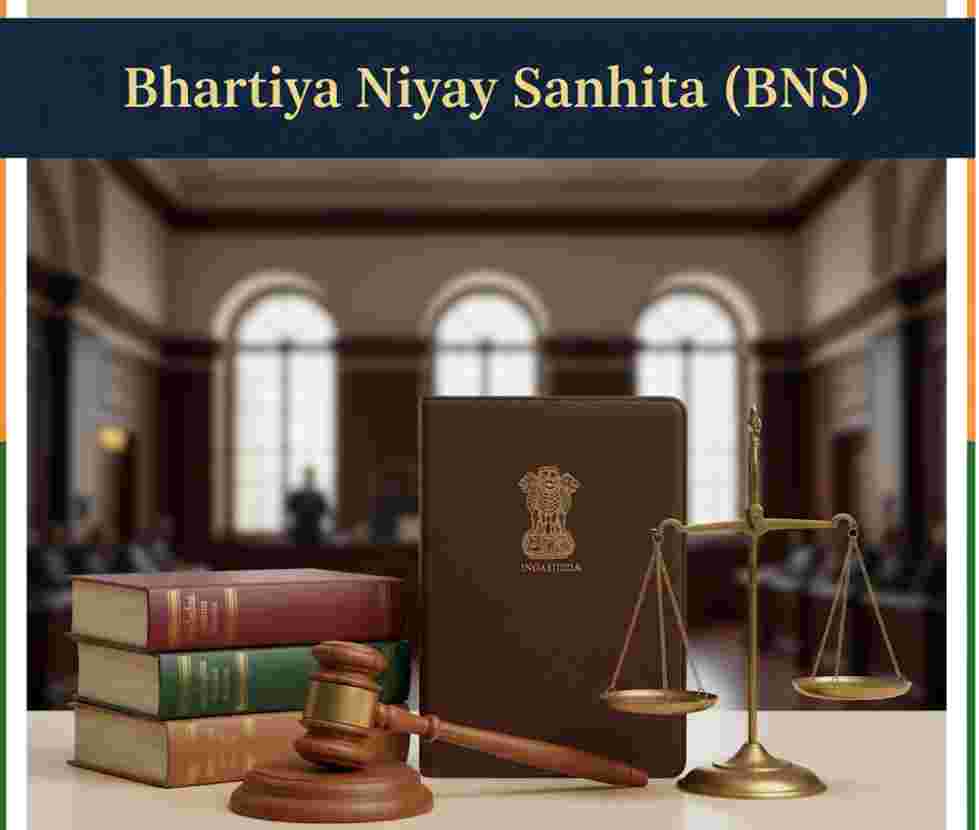
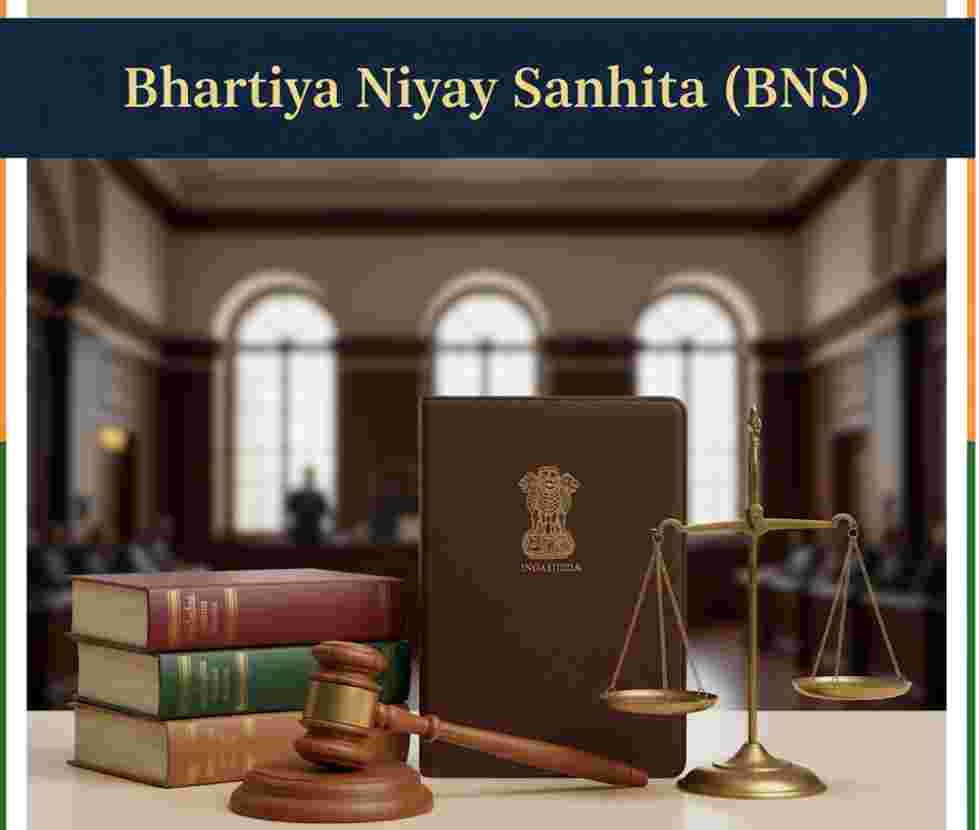

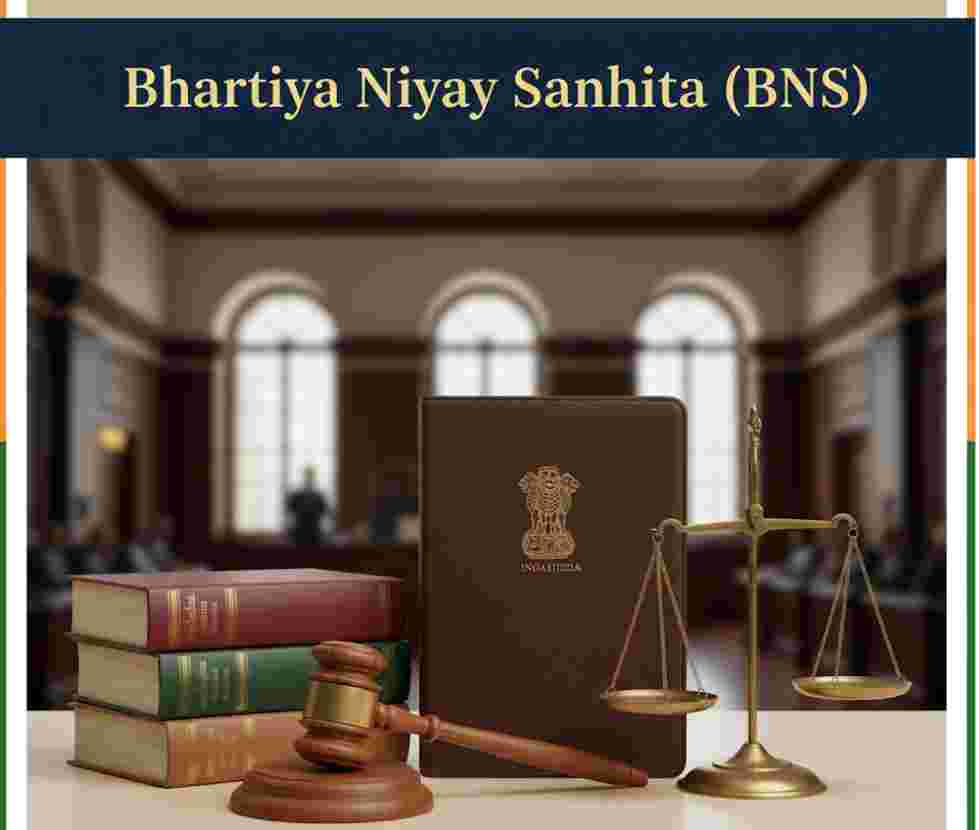
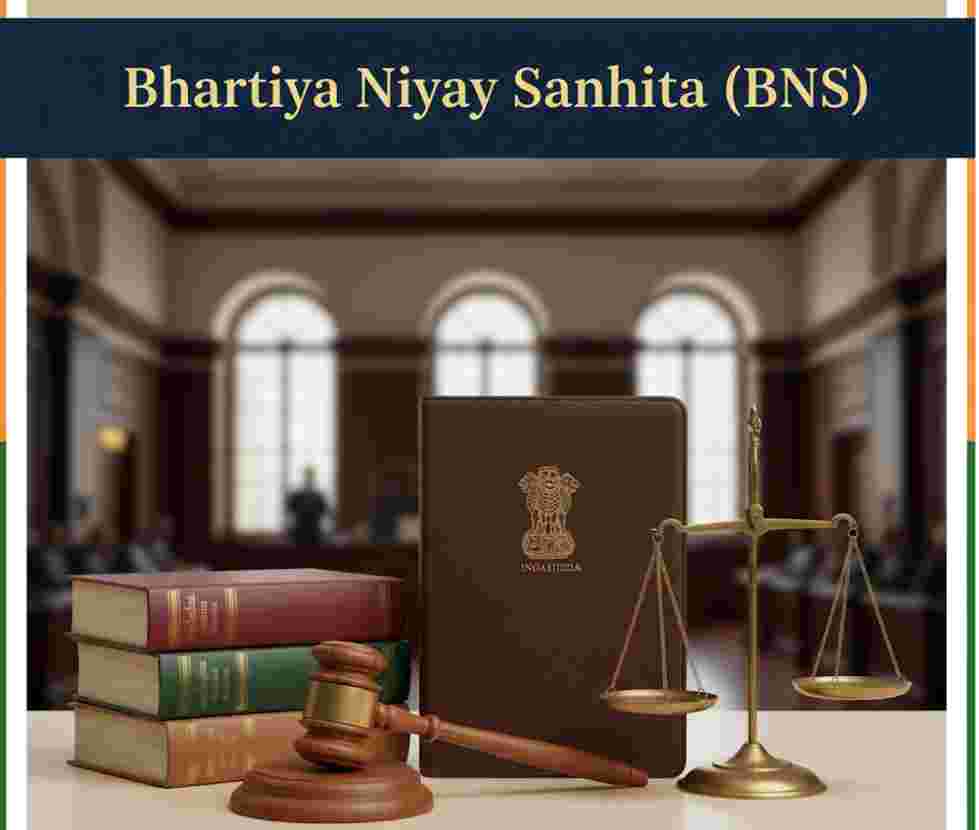
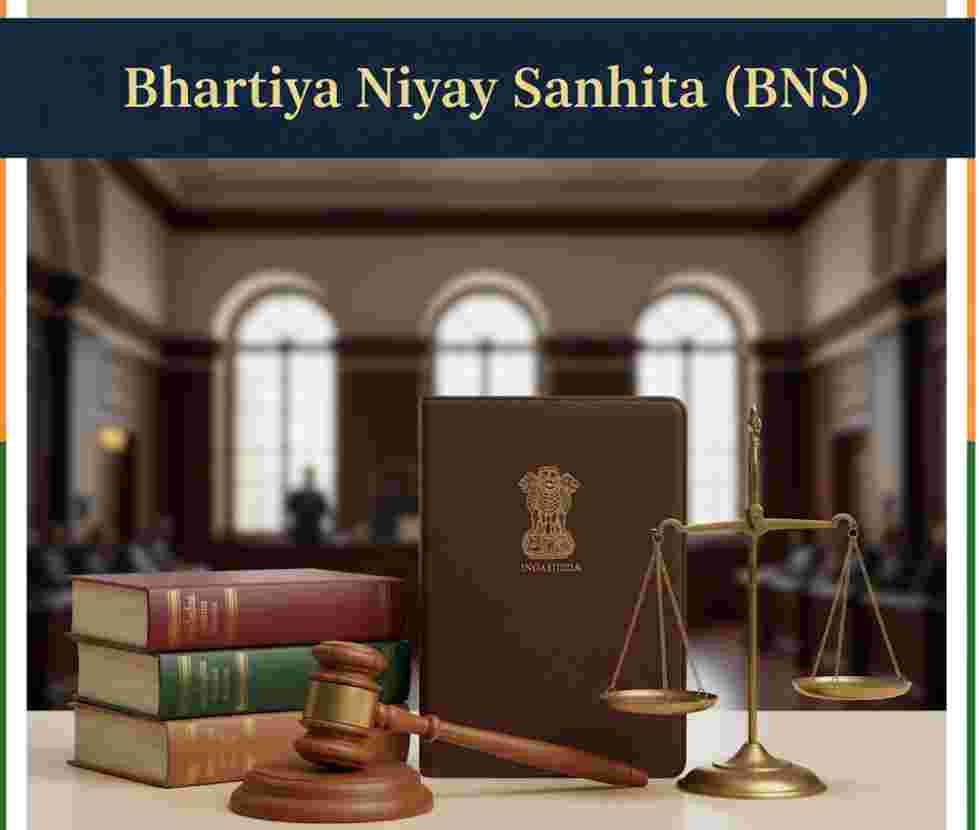
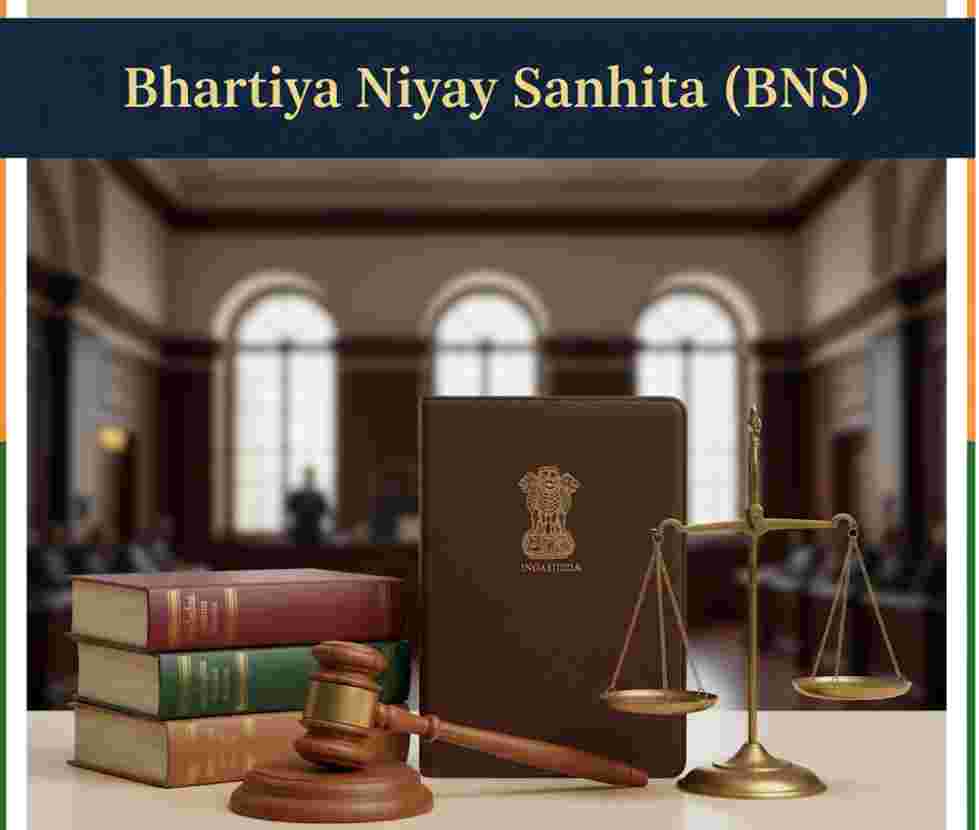
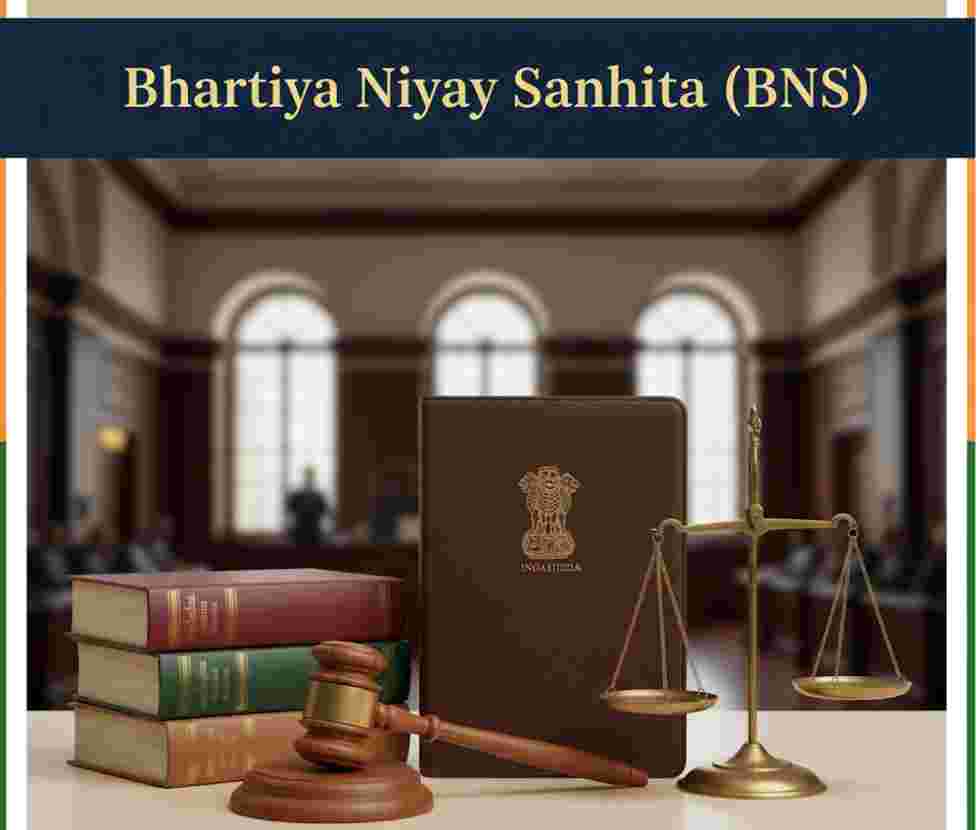


































































































Comment
Nothing for now